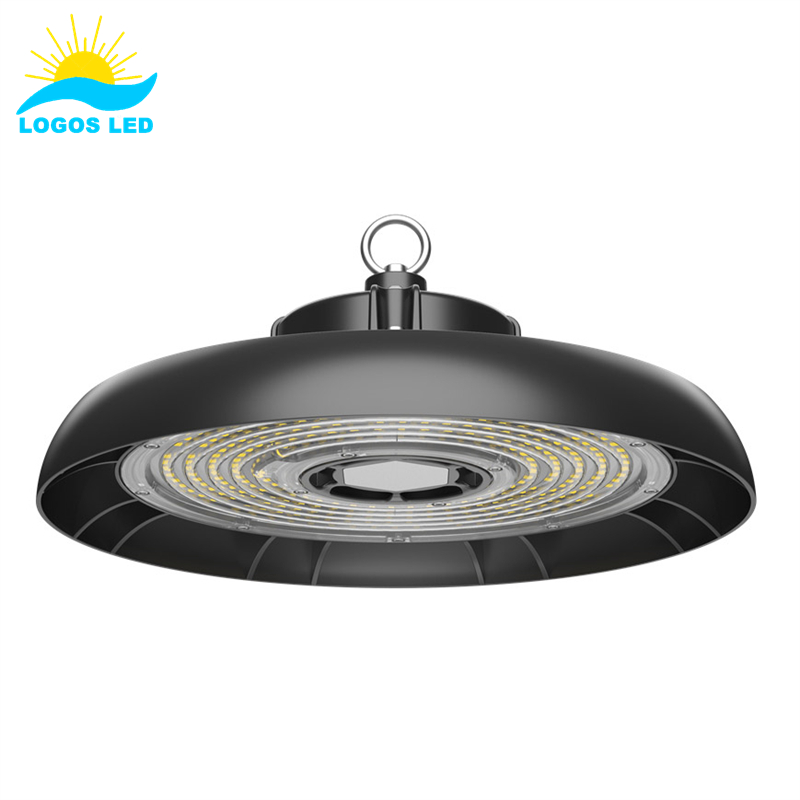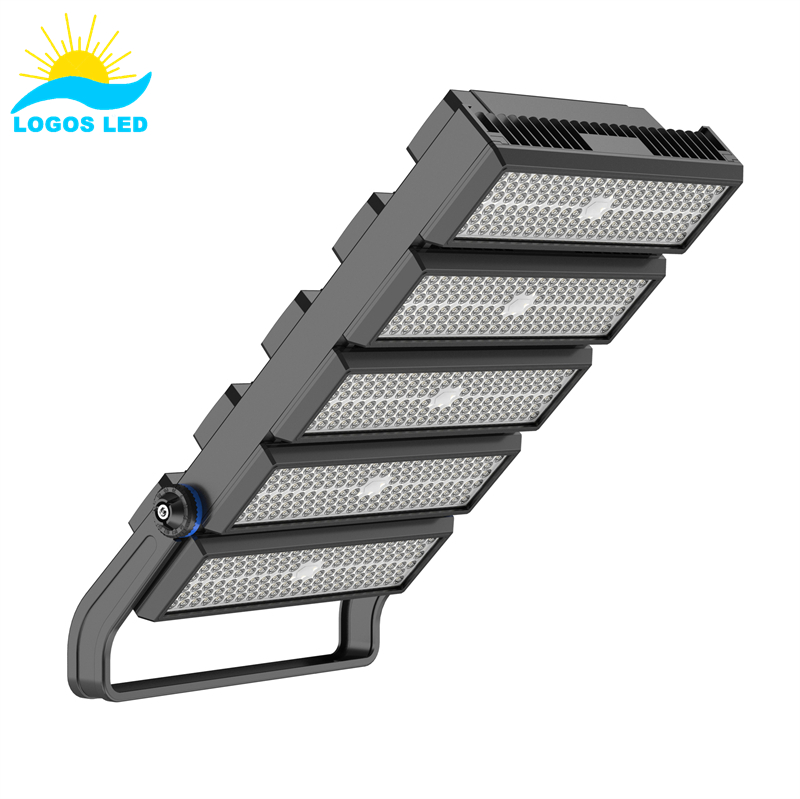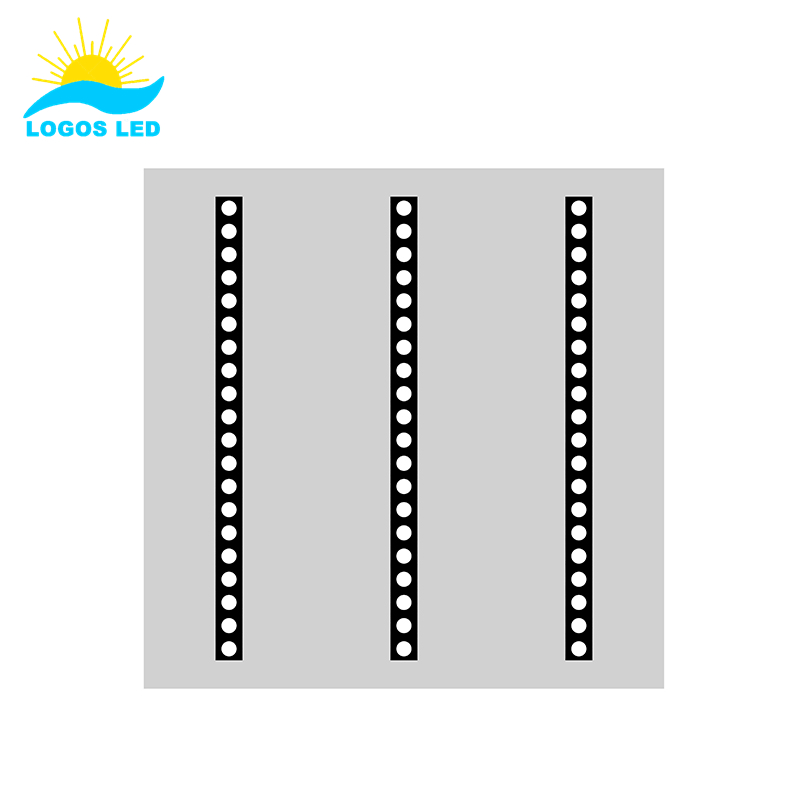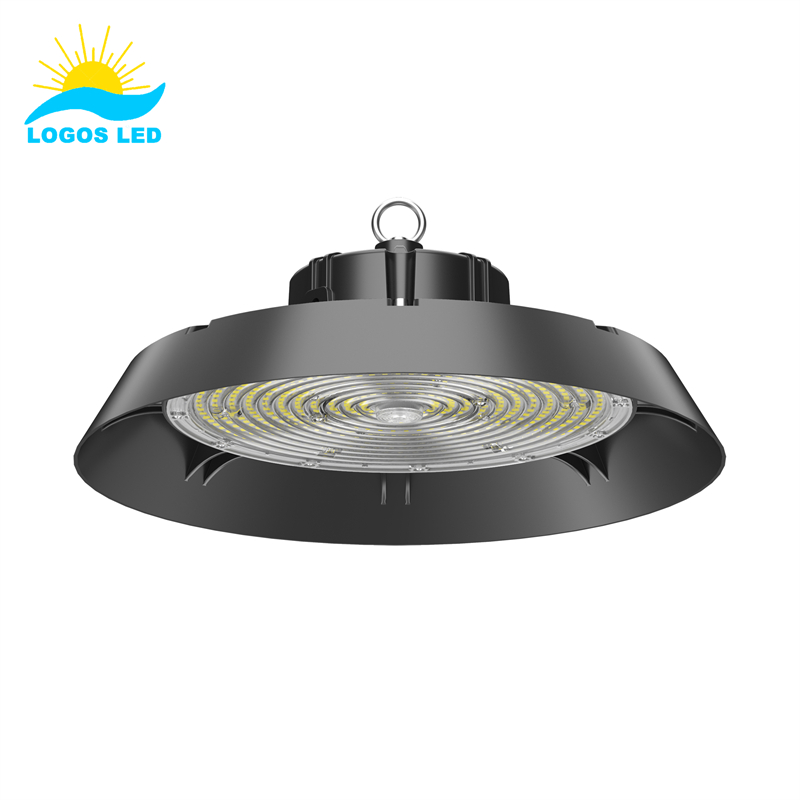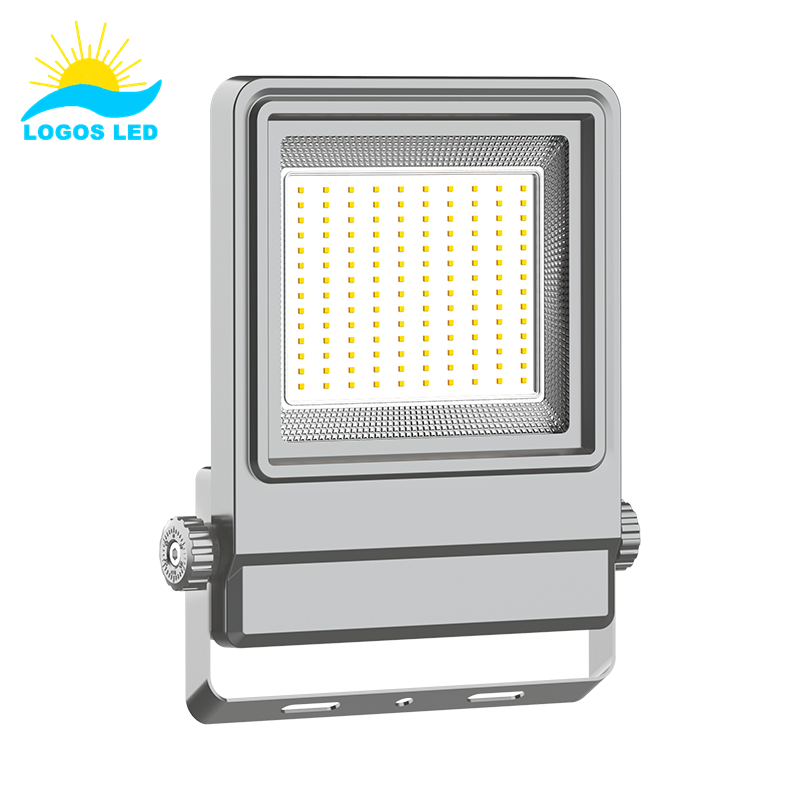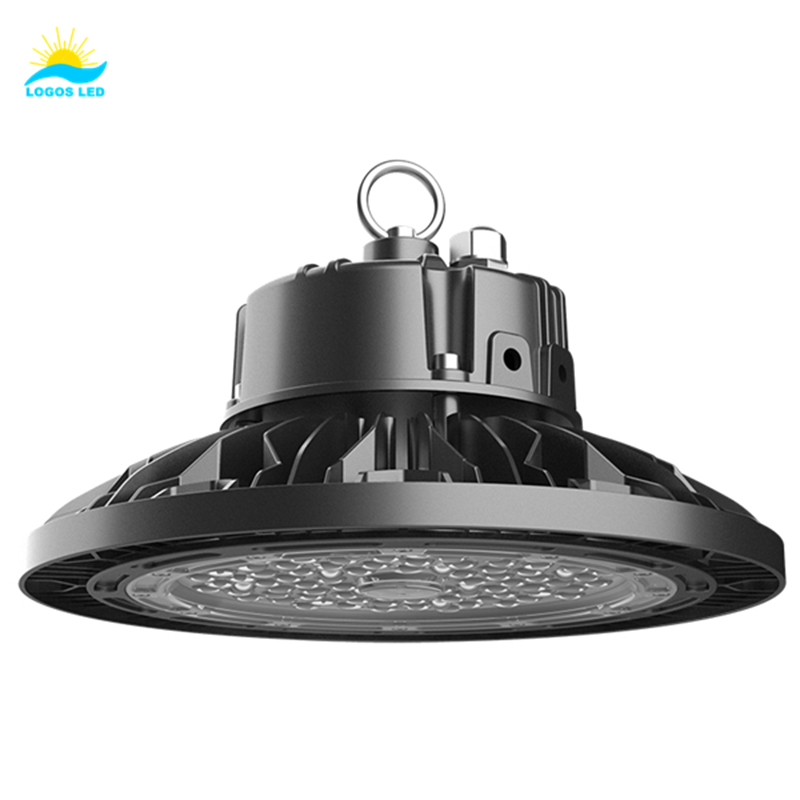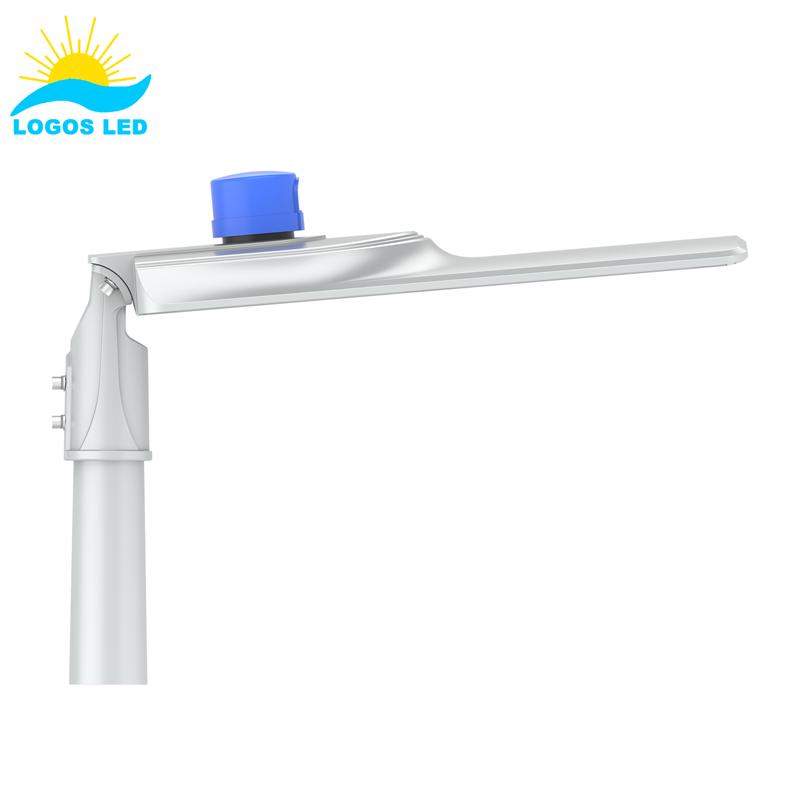If you don’t have the right certifications or approvals, you could have problems and delays getting your LED lighting products into the USA. You could lose a lot of money. Do you know what certifications and approvals you need?
To import LED lighting into the USA, you have to make sure your product meets certain regulatory standards, like UL or ETL, FCC certification and U.S. Customs codes. If you don’t, your product could get taken away, you could get fined, or your product could get rejected at the border.
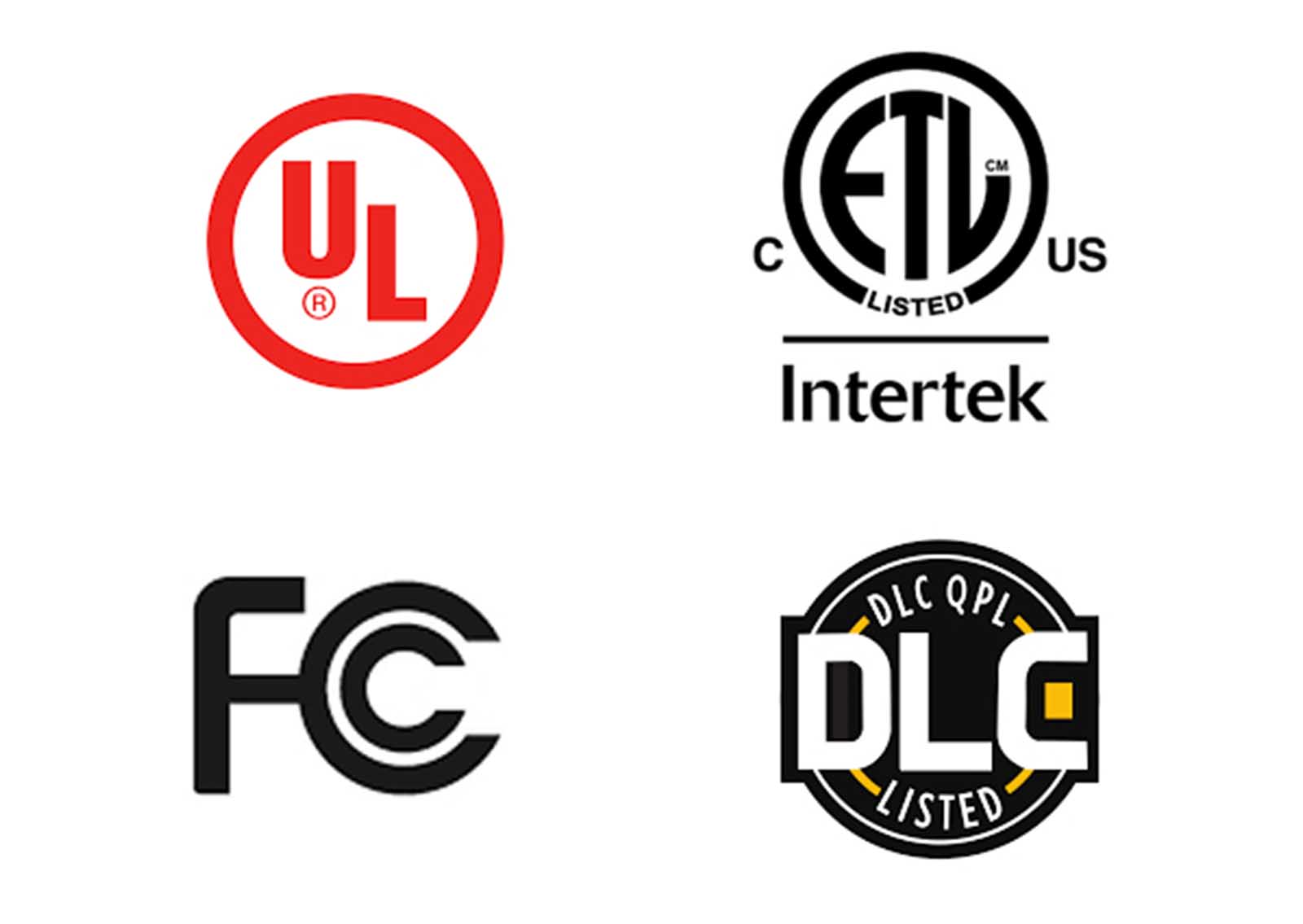
Don’t make expensive mistakes. Make sure you know what you have to do to import your LED lighting and get it right the first time.
Table of Contents
Where is UL Certification Required?
UL certification is essential in many parts of the world, especially North America, to ensure the safety and quality of electrical products. In the United States and Canada, UL certification is not required by law but is often required by local building codes, insurance companies, and industry standards. Lighting fixtures, electrical appliances, and industrial equipment are examples of products that usually need UL certification to be accepted in these markets. This certification means that a product has been tested and meets the strict safety standards set by Underwriters Laboratories.
If you want to sell products in the United States and Canada, especially to commercial clients like contractors, wholesalers, and manufacturers, you need UL certification. It builds trust with your customers, reduces your liability, and is often an advantage against your competition. Sometimes, local authorities or regulatory bodies require UL certification before they will allow electrical products to be installed or used in public or commercial spaces. Even though UL certification is most commonly required in North America, other parts of the world recognize it as a mark of quality and safety, so it can be an asset for companies looking to go international.
Do LED lights need FCC certification?
FCC (Federal Communications Commission) certification is critical for LED lights in the United States. This certification ensures your LED lights don’t screw up other electronic devices. FCC certification verifies that your LED lights meet the national standards for electromagnetic interference (EMI). This is important because even low power devices like LEDs can generate EMI. Getting FCC certification is required for you to get into the market and for your customers to have confidence that your LED products are safe and don’t screw up their other electronics. This certification is especially important if you are using LEDs near sensitive communication equipment or in an area with lots of electronics to maintain electromagnetic compatibility (EMC).
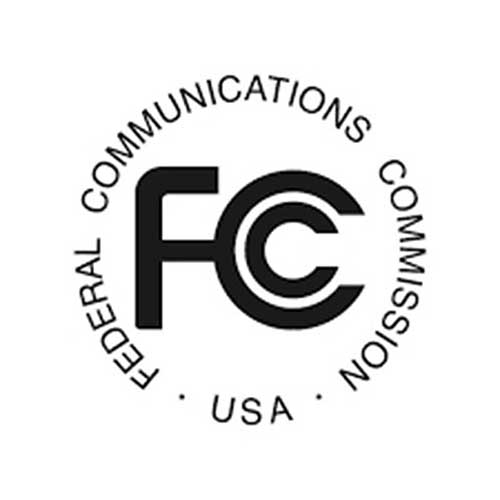
Is FCC certification mandatory in USA?
In the United States, FCC (Federal Communications Commission) certification is mandatory for electronic devices that emit radio frequency energy to make sure they don’t mess up radio communications. This includes everything from smartphones and computers to certain types of LED lighting and industrial equipment. The process of getting FCC certification involves testing the devices to make sure they meet specific electromagnetic compatibility standards. For manufacturers and importers, it’s critical to get FCC certification before you start marketing or selling your products in the United States. It means you meet the national standards and that you’re not screwing up the radio spectrum for everyone else.
What is DLC certificate?
DLC (DesignLights Consortium) certification is a voluntary thing where you can get your commercial LED lights tested to make sure they are energy-efficient and work well. It covers commercial LED lights like the ones you use in a building or parking lot. It covers things like LED luminaires, LED retrofit kits, and the replacement LED lights you put in an old fluorescent fixture. The DLC has a program where they test your products and put them in a public Qualified Products List (QPL), making them eligible for rebates and incentives from utility companies.. If your product is on the list, then you can get money back from the power company when you buy your lights. This certification is important if you’re doing commercial projects and you want to get money back from the power company or you want to be able to say that your project is sustainable and stuff like that.
How to Import LED Lights from China?
When it comes to importing LED lights from China, you have a few things you need to do. First, you need to find a supplier you can trust. You need to make sure they can give you the quality and the certifications you need for the USA. Once you find a supplier, you have to deal with logistics. This means you have to figure out how you’re going to ship your stuff, make sure it’s labeled right, and make sure you have all the right paperwork like the commercial invoice and packing list. You should use a customs broker to help you get your stuff through customs. They’ll make sure you follow all the US Customs rules and get your stuff through customs faster.
What’s the Import HS Code for LED Lights?
The Harmonized System (HS) code for LED lights is how you figure out how much you have to pay to bring your products into the USA. It’s also how you figure out what rules you have to follow to get your products through US Customs. The HS code for LED lighting products is usually in chapter 85 or 94 of the US Customs code list. For example, LED lamps usually use HS code 8539.52.00. But this can change depending on what your product is. Like if it has a fixture or something else. You have to classify your product right under the right HS code. If you don’t, you could get fined or your product could get held up in customs.
What’s the Import Duty for LED Lights?
The import duty for LED lights depends on how your product is classified in the US Harmonized Tariff Schedule (HTS). For most LED lights, the HTS code is 8539.52.00. The duty rate for this HTS code is usually between 0% and 20%. But there might be additional duty because of trade tensions like the US tariffs on China. You can use the US Customs Clearance HTS code lookup tool to see what the duty rate is when you import so you can budget for it and not have any surprises.
What are the main differences between UL and ETL certifications for LED lights
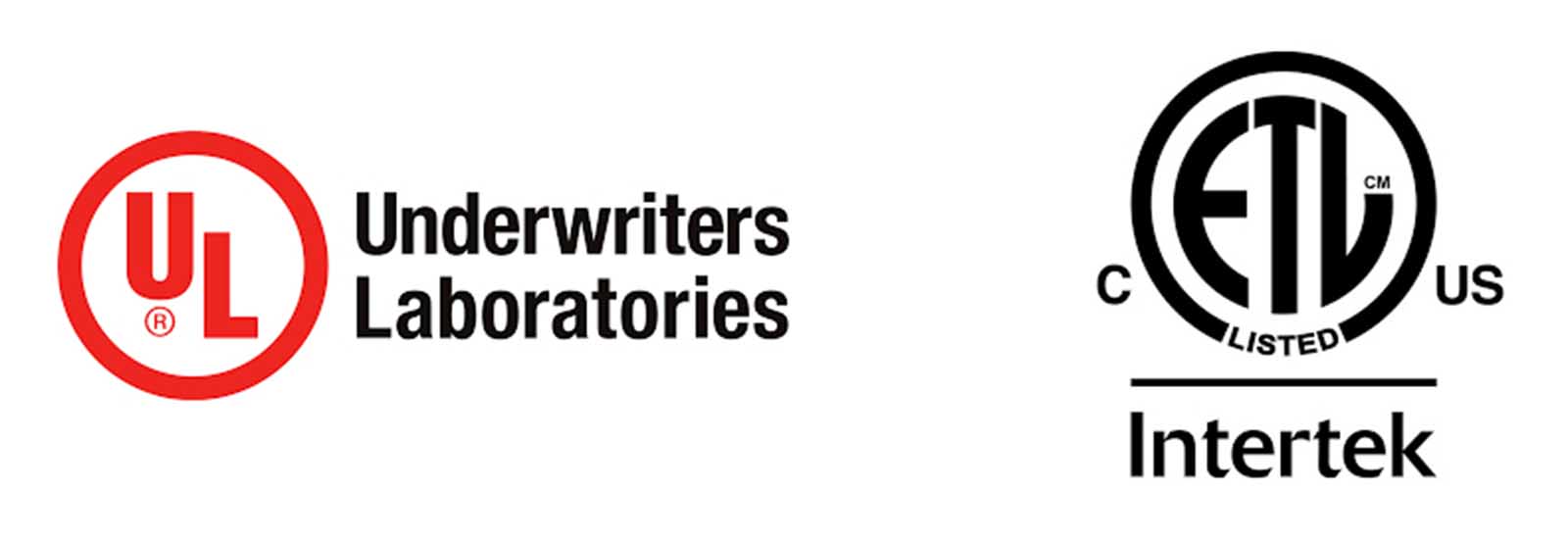
The main differences between UL and ETL certification for LED lights are the organizations that give the certifications, how they handle the standards, and how they do the certifications. Here’s the breakdown:
Who Gives the Certification
- UL Certification is from Underwriters Laboratories, which is known worldwide for its strict safety standards.
- ETL Certification is from Intertek. They are also an NRTL (Nationally Recognized Testing Laboratory) under OSHA. Unlike UL, ETL does not have their standards. They test your product against the existing safety standards.
Standards
Both UL and ETL certify products to the same safety standards. They make sure your products meet the same safety and performance requirements.
How They Do the Certifications
- UL: Known to take longer and is more involved with more paperwork and longer testing.
- ETL: Usually faster and might be cheaper. This is attractive if you want to get into the market quickly.
What People Think
- UL is the gold standard for safety certification, especially in North America. People trust it more. The government trusts it more.
- ETL is respected and recognized, but it doesn’t have the same name recognition UL does. It is still widely accepted by the government.
What the Authorities Will Accept
Both UL and ETL are accepted by the building codes and building inspectors in different places. This means you can use products that have either certification in different projects.
In conclusion, UL and ETL certifications both make sure your LED lights are safe and comply with the rules. But they are different in how they do it, how people see them, and how fast you can get your product to market and all that kind of stuff.
What is CE Certification for LED?
CE certification means that your product meets the essential health, safety, and environmental requirements for the European Economic Area (EEA). You usually need CE certification to export to European countries. It means your product meets the EU directives. CE certification is hard to get because you have to do a lot of testing and paperwork to show that your LED lights meet all the European standards. You don’t need it in the USA, but if you want to export to Europe, you have to show that you follow the rules and you can sell your product there.
Where is CE Certification Required?
If you want to sell your product in the European Economic Area (EEA), which is all 27 countries in the EU plus Iceland, Liechtenstein, and Norway, you have to get CE certification. If you import LED lights into these countries, you have to have the CE mark on your product. The CE mark means your product is in line with EU regulations. If you want to sell your product in Europe, you have to have CE certification, or you won’t be able to get your product on the market.
What’s the Difference Between ANSI and CE Certification?
ANSI (American National Standards Institute) and CE certification are similar but for different areas of the world. ANSI standards are usually for the USA. They make sure your products meet the specific safety and performance requirements for the USA. CE certification is what you need to sell in the European Economic Area. ANSI is for the USA. CE is for Europe. If you want to import LED lights, you have to make sure your product meets the right rules. If you want to sell in the USA, you have to meet ANSI standards. If you want to sell in Europe, you have to meet CE standards.
If you have any questions about LED lights, just feel free to contact us directly. Our lighting experts are ready to help.
Request A Free Quote Now!
Send us a message if you have any questions or request a quote. We will get back to you ASAP!



